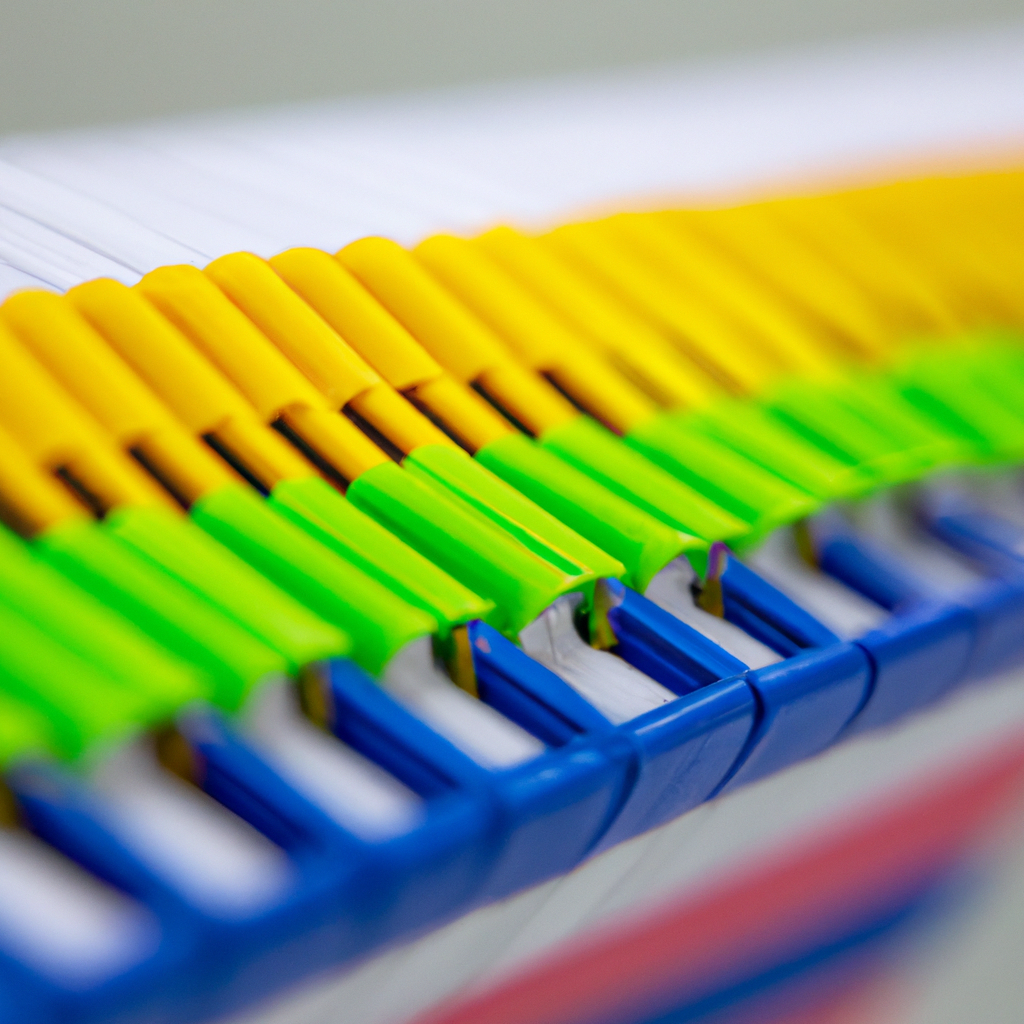Educational Materials Quality Assessments: Ensuring Excellence in Learning
Introduction
In today’s rapidly evolving educational landscape, the quality of educational materials is paramount to ensuring effective teaching and learning. With the proliferation of digital resources and online platforms, it has become crucial to assess the quality of these materials to ensure they meet the required standards. This article delves into the importance of educational materials quality assessments and provides insights into the process.
Why Assess the Quality of Educational Materials?
Assessing the quality of educational materials is essential for several reasons:
1.
Enhancing Learning Outcomes
High-quality educational materials have a direct impact on student learning outcomes. By assessing the quality of these materials, educators can identify and select resources that align with curriculum objectives, engage students, and promote deeper understanding.
2.
Ensuring Accuracy and Reliability
Educational materials should provide accurate and reliable information to students. Assessments help verify the credibility of content, ensuring it is up-to-date, factually correct, and supported by reputable sources. This ensures that students receive reliable information and develop critical thinking skills.
3.
Promoting Accessibility and Inclusivity
Quality assessments also consider the accessibility and inclusivity of educational materials. Assessors evaluate whether materials are suitable for students with diverse learning needs, including those with disabilities, language barriers, or different cultural backgrounds. This ensures that all students have equal access to high-quality resources.
4.
Supporting Educators
Assessing the quality of educational materials also benefits educators. By providing them with reliable and well-designed resources, assessments save time and effort in searching for appropriate materials. This allows educators to focus on instructional planning and delivery, ultimately improving their teaching practices.
The Process of Educational Materials Quality Assessments
The assessment of educational materials involves a systematic evaluation process to determine their quality. Here are the key steps involved:
1.
Establishing Evaluation Criteria
The first step is to define the evaluation criteria that will be used to assess the materials. These criteria may include factors such as accuracy, relevance, alignment with curriculum standards, engagement, interactivity, and usability.
2.
Gathering and Reviewing Materials
Once the criteria are established, a wide range of educational materials, including textbooks, digital resources, and online platforms, are collected for evaluation. These materials are then reviewed by a team of experts, including subject matter specialists, educators, and instructional designers.
3.
Scoring and Ranking
During the review process, the materials are scored and ranked based on the established criteria. This ensures that the assessment is objective and consistent. Scoring rubrics or rating scales are often used to facilitate this process.
4.
Providing Feedback and Recommendations
After the scoring and ranking, feedback is provided to the creators or publishers of the materials. This feedback highlights areas of improvement and suggests modifications to enhance the quality of the materials. Recommendations may include revisions to content, design, or instructional strategies.
5.
Continuous Monitoring and Updates
Educational materials are not static; they require regular monitoring and updates to remain relevant and effective. Ongoing assessments help ensure that materials continue to meet the required standards and adapt to changing educational needs.
Conclusion
Educational materials quality assessments play a vital role in ensuring excellence in teaching and learning. By assessing the quality of these materials, educators can select resources that enhance learning outcomes, provide accurate information, promote accessibility, and support inclusive education. The systematic evaluation process helps identify areas for improvement, leading to the continuous enhancement of educational materials. Ultimately, quality assessments contribute to creating an enriched educational experience for students and educators alike.

